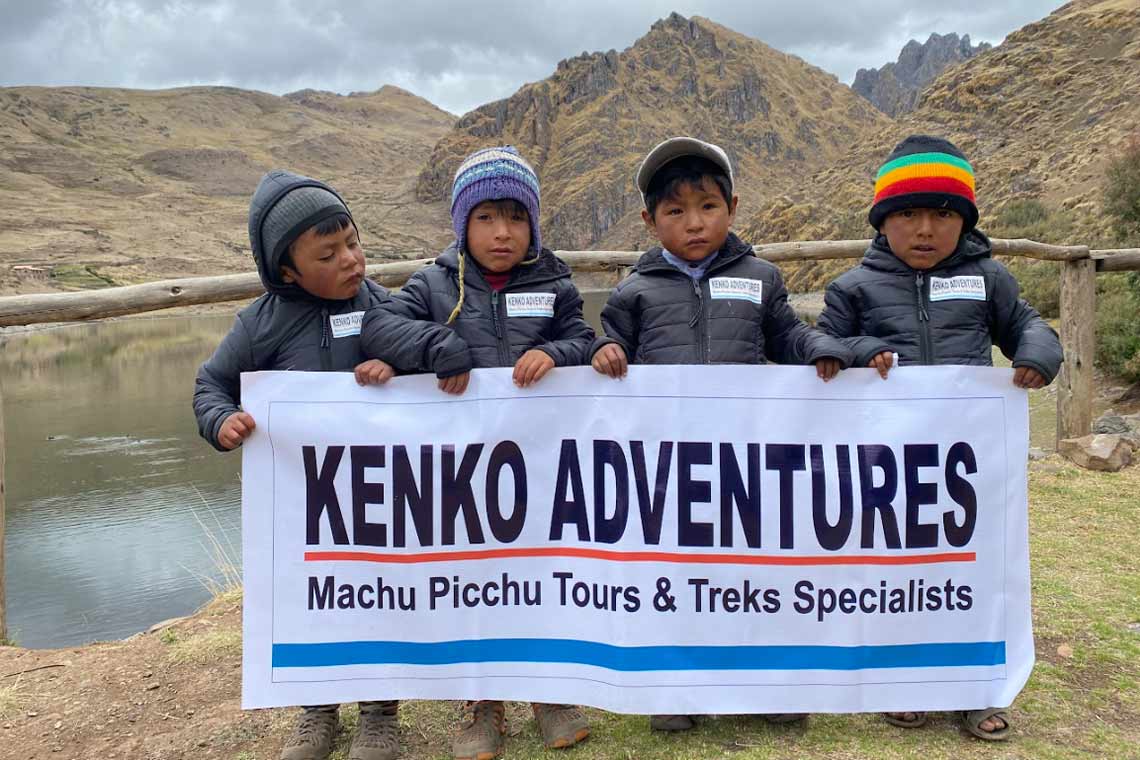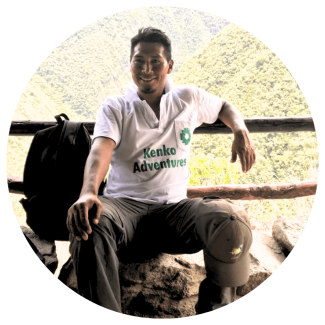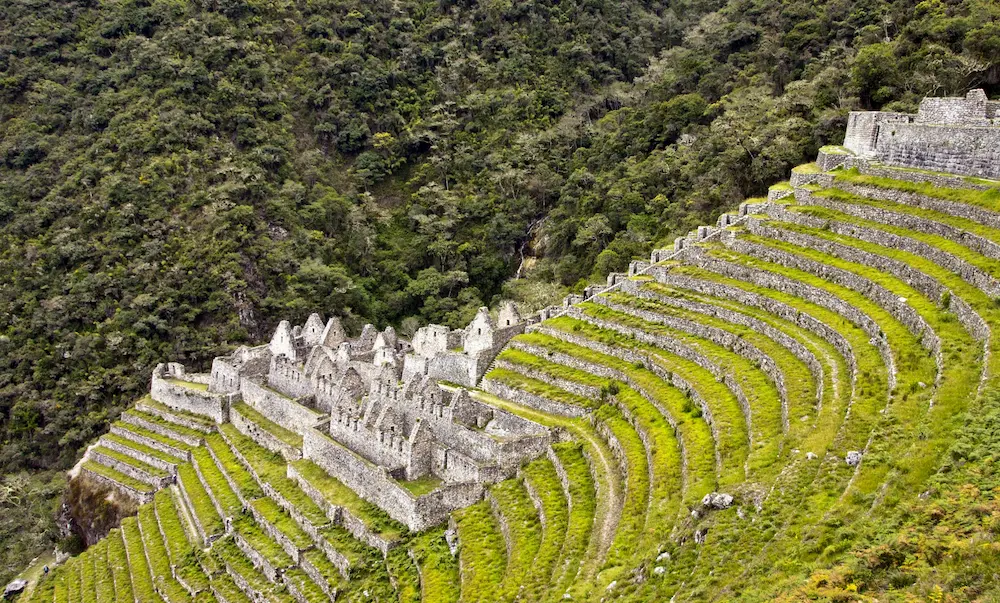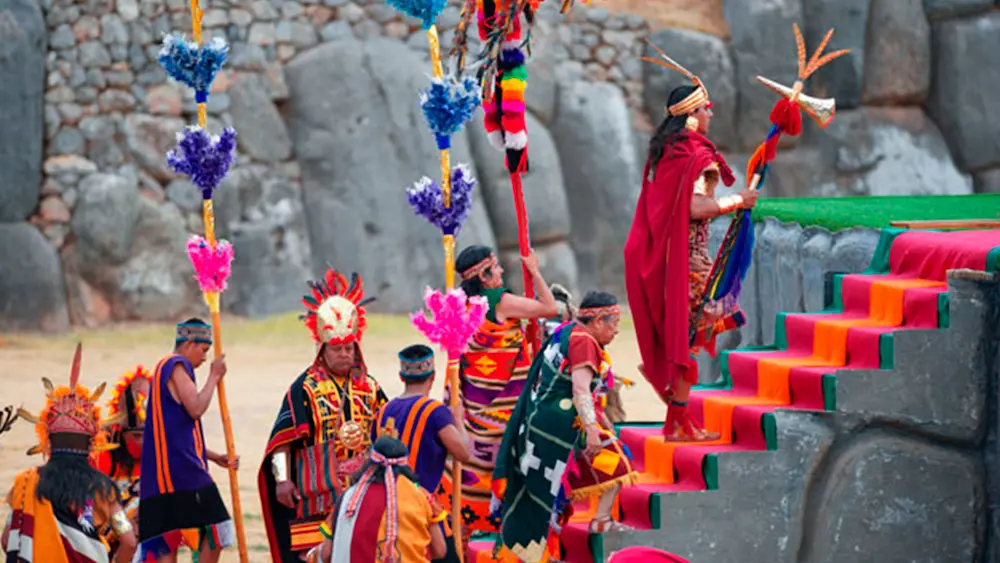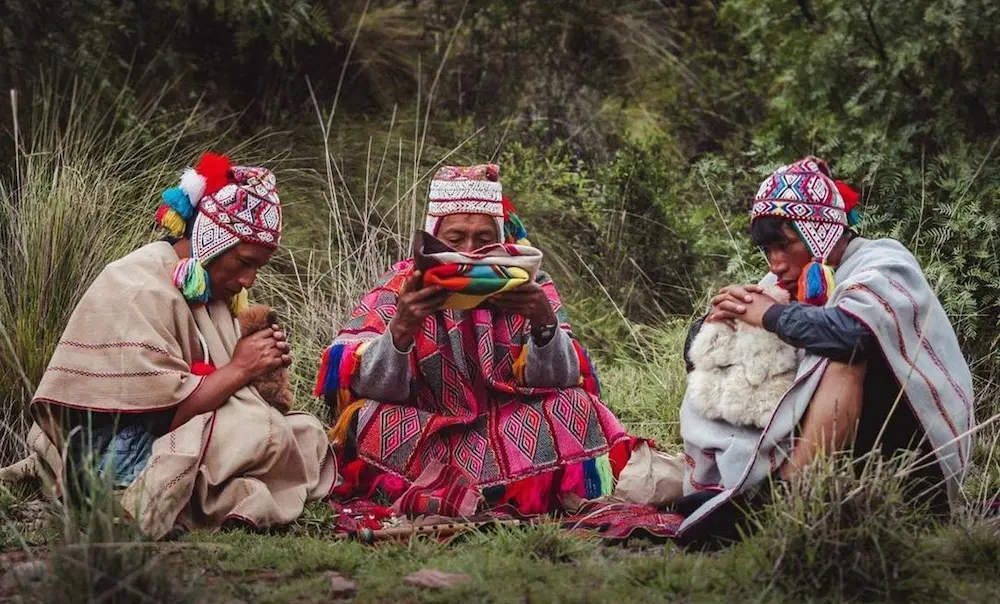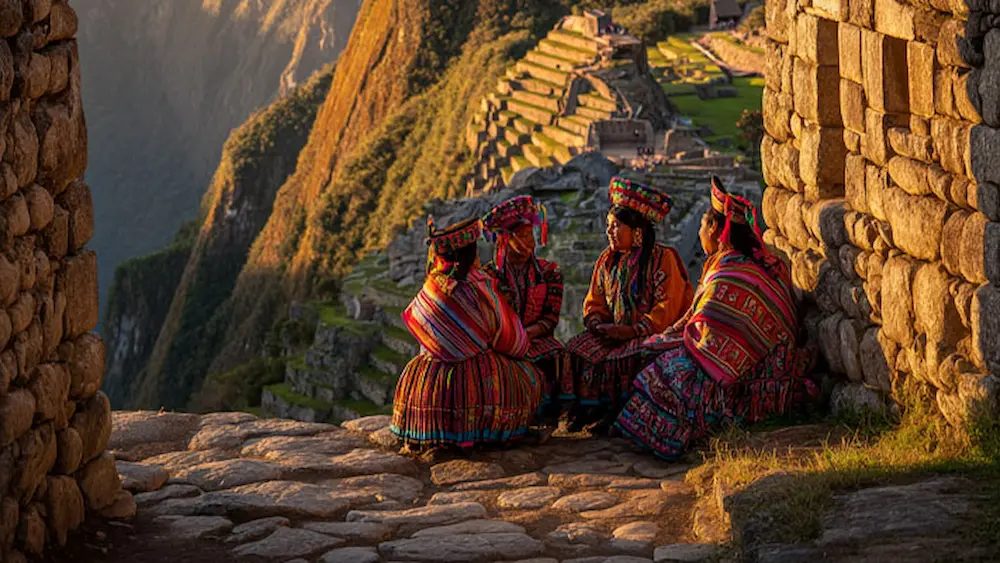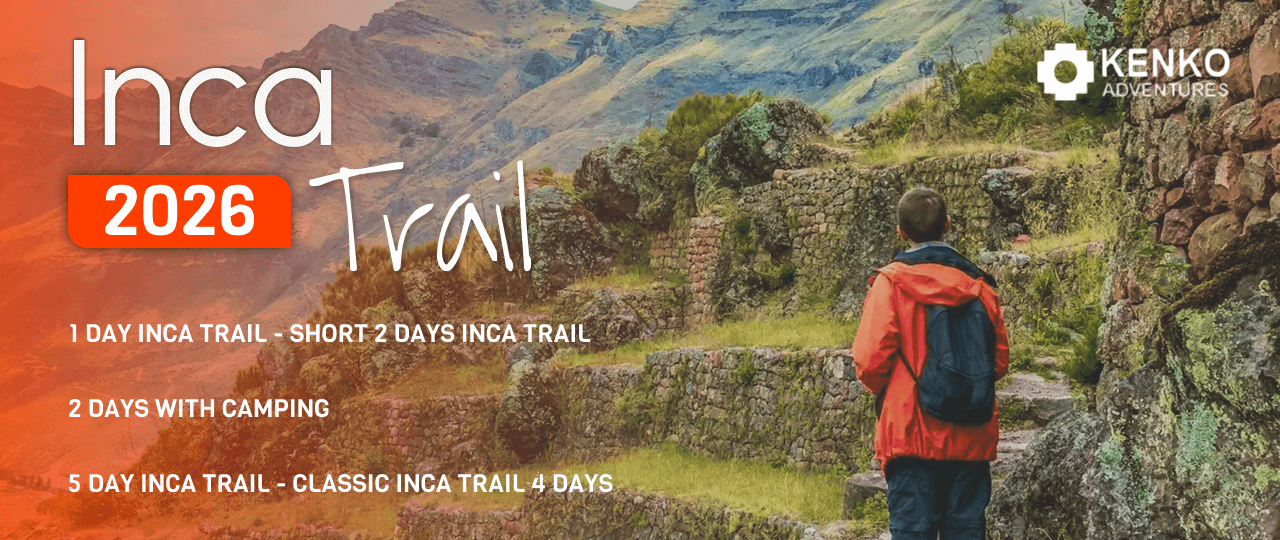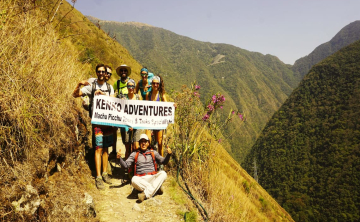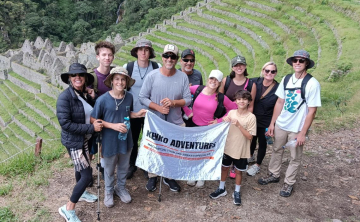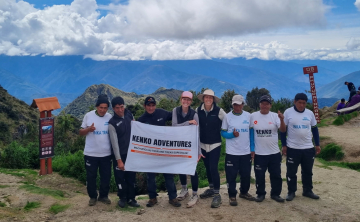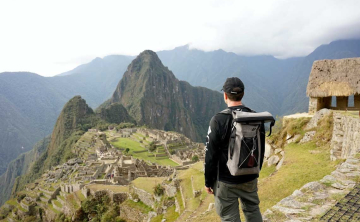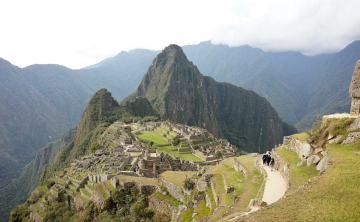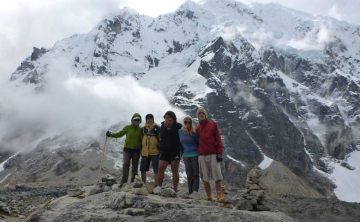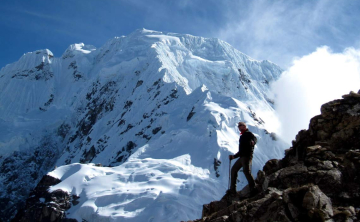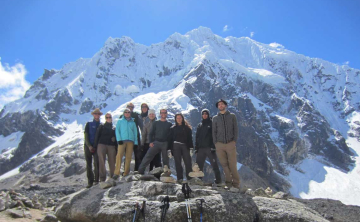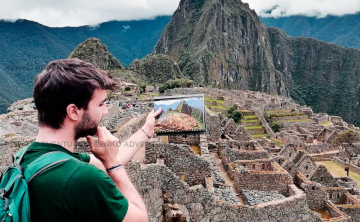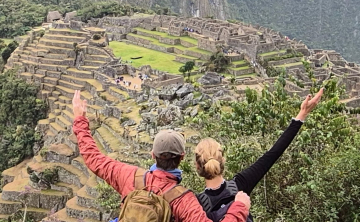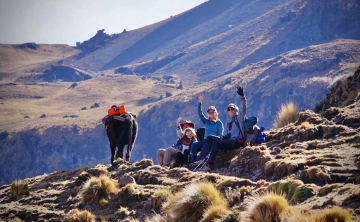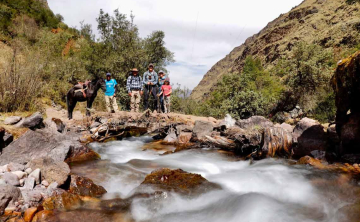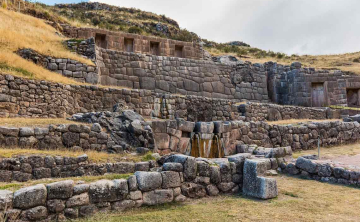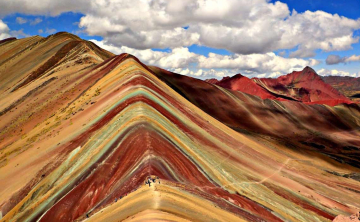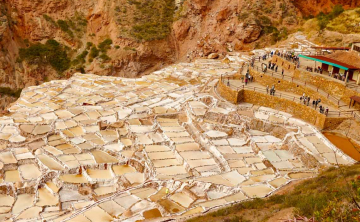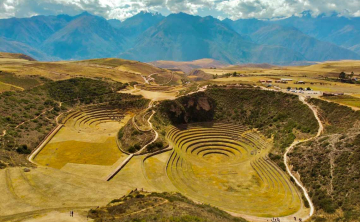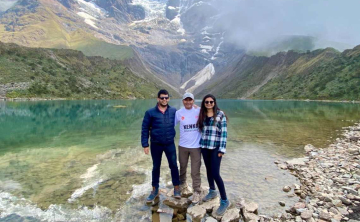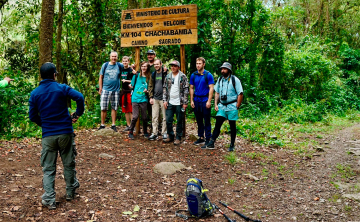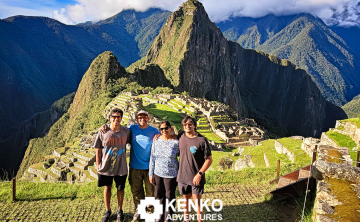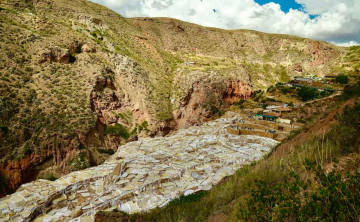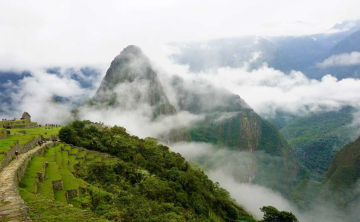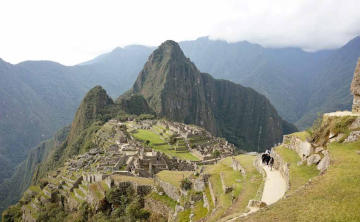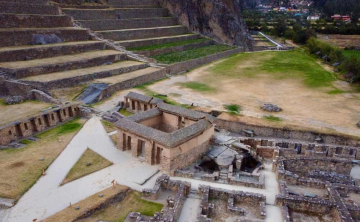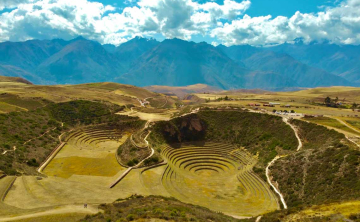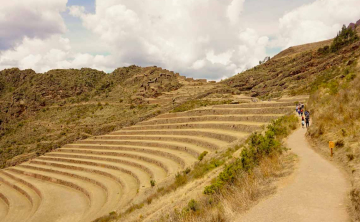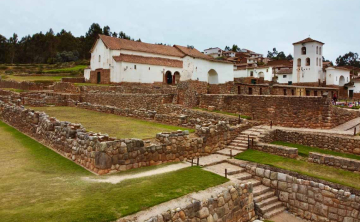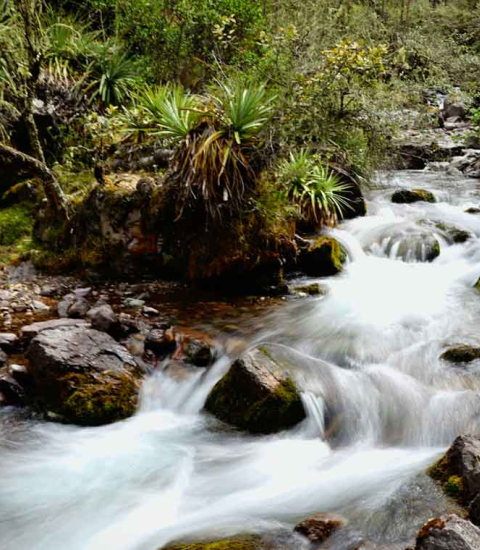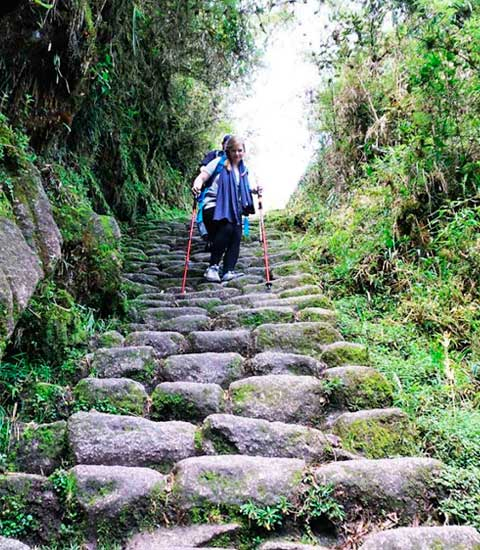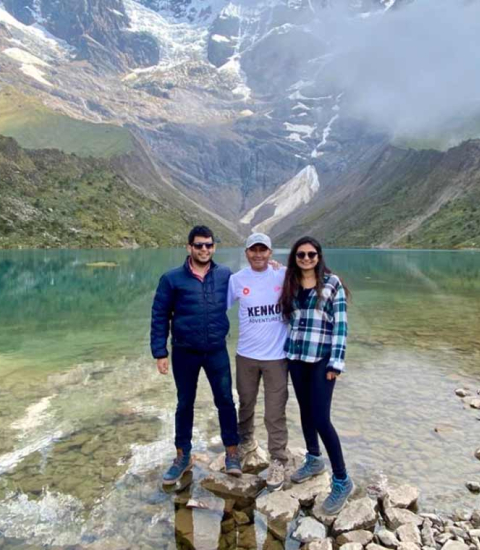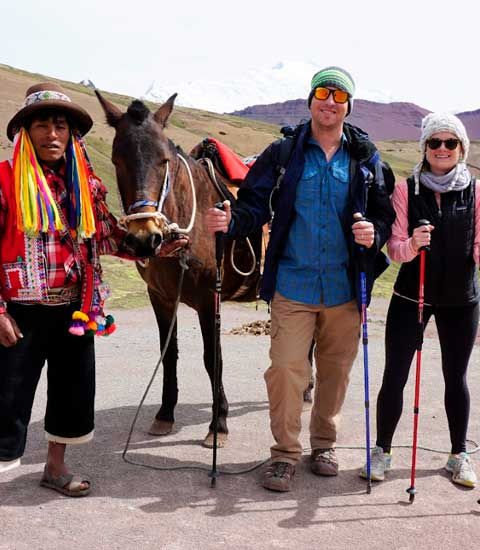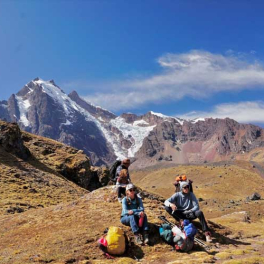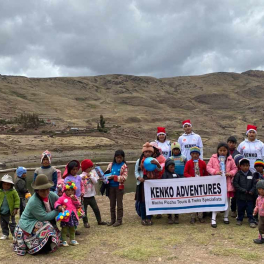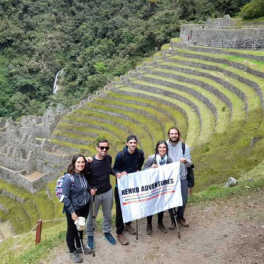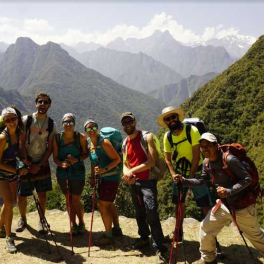We present our real culture life to our clients, hiring people from villages and communities of our region.
- Blog
- What Were The Incas Known For?
What were the incas known for?
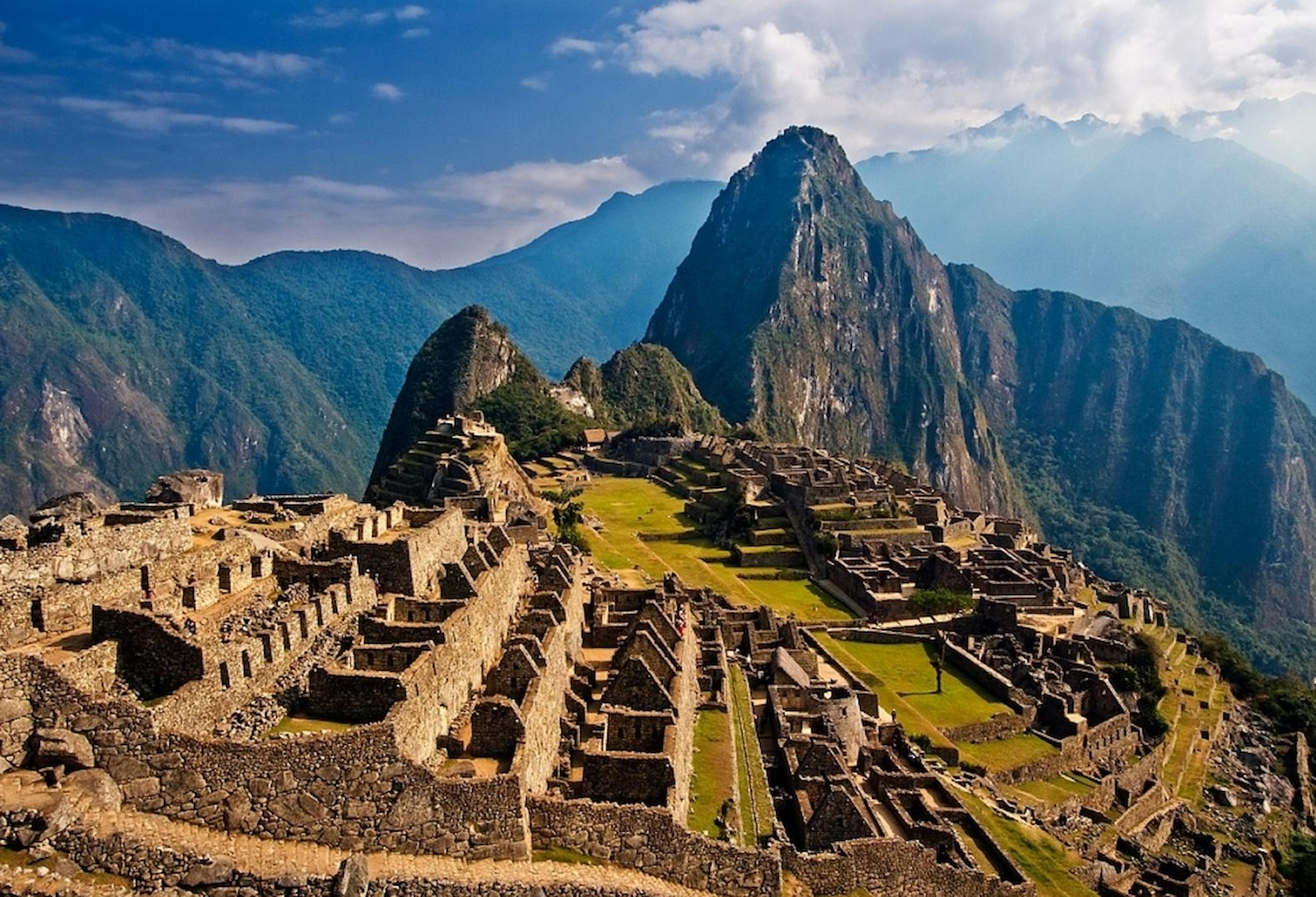
The Inca Empire is one of the most iconic and fascinating civilizations to have ever existed in the Americas. Spanning a vast area from modern-day Peru, Ecuador, Bolivia, Chile, and Argentina, the Incas were known for their incredible advances in architecture, agriculture, social organization, and spirituality. In this blog, we will explore the remarkable accomplishments that have made the Incas legendary, from their engineering feats to their cultural richness.
Inca engineering and architecture
The Incas were expert engineers, particularly in stone masonry and road construction. Their ability to build with such precision, especially considering the difficult Andean terrain, has astounded modern engineers and architects.
- Machu Picchu remains the most renowned example of Inca architecture. This citadel was constructed with a sophisticated understanding of geometry and engineering, using a technique known as ashlar masonry, which fit stones together without mortar.
- The Qhapaq ├Ĺan, the Inca Road System, stretched over 30,000 kilometers, connecting different regions of the empire, facilitating trade, communication, and military movements.
- Lesser-known but equally impressive is Choquequirao, the sister city of Machu Picchu, which remains largely unexplored due to its remote location.
You might also want to check out: Spanish conquest of the Inca Empire
Agricultural innovations
The Inca Empire thrived due to their extraordinary agricultural techniques, which allowed them to feed a vast and growing population across the rugged Andean mountains. The Incas developed a variety of advanced farming methods that are still admired today.
- Terraced farming helped them cultivate crops on steep hillsides by using a series of agricultural terraces. These terraces conserved soil, reduced erosion, and ensured water was distributed efficiently, allowing the Incas to grow a variety of crops such as maize, potatoes, and quinoa.
- Irrigation systems, including canals and aqueducts, helped channel water from rivers and springs to the terraces, ensuring crops thrived even in the arid Andean climate.
- The Inca potato became a staple food in the region, with over 3,000 varieties cultivated, making them an essential resource for the empire.
Spirituality and religion
Religion played a pivotal role in the lives of the Inca civilization, deeply influencing every aspect of their society, from agriculture to governance. At the heart of their spiritual beliefs was Inti, the Sun God, who was regarded not only as a divine being but also as the ancestor of the Sapa Inca, the emperor. This divine connection between Inti and the emperor was more than just symbolicÔÇöit provided the Sapa Inca with the divine authority to rule, a critical factor in maintaining the power structures of the empire. The emperor was seen as the earthly representation of Inti, responsible for ensuring the prosperity and stability of the empire through his actions and rituals.
The Sun God Inti: A Vital Force in Inca Culture
The IncasÔÇÖ reverence for Inti was deeply embedded in their cultural practices, social organization, and daily activities. As the god of the sun, Inti was considered the giver of life, responsible for the success of crops and the well-being of the people. Agriculture was the backbone of the Inca economy, and the solar cycle directly influenced when and how they planted and harvested crops. The rising and setting of the sun dictated the agricultural calendar, marking critical moments such as planting season, harvest, and the observance of the winter solstice.
The Sapa Inca, seen as Inti's descendant, was not only a political leader but also a spiritual figure whose primary responsibility was to maintain harmony with the natural world. He performed rituals to ensure that Inti would continue to bless the empire with sunlight and, by extension, abundant crops. This fusion of religious and political power gave the Inca a unique form of governance, where divine authority underpinned statecraft.
You might also want to check out: Inca calendar: Solar alignments at Machu Picchu
Inti Raymi: The Festival of the Sun
One of the most important religious celebrations in Inca society was the Inti Raymi, or Festival of the Sun, held annually to honor Inti and mark the winter solstice. This festival, which continues to be celebrated in Cusco today, was a vibrant celebration that symbolized the return of the sun after its retreat during the long nights of winter. The solstice represented the moment when the sun began its journey back across the sky, bringing warmth and light to the earth, which was crucial for the IncaÔÇÖs agricultural system. It also marked the beginning of a new agricultural cycle.
The Inti Raymi was a public event that involved large crowds and elaborate rituals, including sacrifices, offerings, and dances. The festival was a manifestation of the IncasÔÇÖ belief that maintaining a close relationship with the sun was essential for the prosperity of their civilization. These practices were not just ceremonial; they were woven into the daily lives of the people, reinforcing the connection between the divine and the earth.
Today, the Inti Raymi festival is one of the most significant cultural events in Peru, attracting thousands of tourists to Cusco every year. The modern version of the festival mirrors the ancient celebration, with actors performing traditional rites and ceremonies in a theatrical setting, culminating in a vibrant procession through the city.
The inca social structure
The Inca social structure was highly organized and structured around a hierarchy that included the Sapa Inca at the top, followed by nobles, commoners, and laborers.
- Sapa Inca, the emperor, was considered a direct descendant of the Sun God Inti, and thus held absolute political and religious power.
- The Ayllu system, a kinship-based organization, helped manage the empireÔÇÖs resources and coordinated labor for public works.
- The Mit'a system, a form of labor tax, required commoners to work on state projects like building roads, agricultural terraces, and military service in exchange for protection and sustenance.
What were the Incas known for in military strategy?
The Inca military was an impressive force that played a key role in the empireÔÇÖs ability to conquer and maintain such a vast territory. The militaryÔÇÖs strength, discipline, and organizational prowess made it one of the most effective fighting forces in pre-Columbian South America.
Strategic use of alliances
While the Inca Empire was known for its military might, one of the most strategic elements of their expansion was the use of alliances. Rather than conquering every region by force alone, the Incas often integrated local leaders into their system. The Inca army would form alliances with neighboring tribes or kingdoms, offering them the opportunity to join the empire peacefully and gain privileges in exchange for military support.
This approach helped to minimize resistance and allowed the Incas to focus their military strength on the most hostile areas. The assimilation of conquered people into the Inca military and society not only expanded the empire but also helped to stabilize newly acquired territories.
You might also want to check out: 20 fascinating facts about Inca Culture
Adaptation to diverse terrain
Another remarkable feature of the Inca military was its ability to adapt to the diverse and often treacherous landscapes of the Andes. The Incas used their knowledge of the terrain to their advantage, employing tactics that made the most of natural obstacles. For example, in the high-altitude regions of the Andes, where traditional warfare would be challenging, the Incas used surprise attacks and ambushes to catch their enemies off guard.
The Incas also recognized the importance of the Inca Road System (Qhapaq ├Ĺan), a vast network of roads that connected the empire and facilitated the movement of troops. These roads allowed them to quickly deploy soldiers, goods, and supplies, ensuring that the empire could defend itself on multiple fronts.
Llama-Equipped soldiers
The Inca military was composed primarily of infantry, but one of its unique advantages was the use of llama-mounted soldiers. Unlike traditional cavalry, the Incas used llamas as pack animals, which played an essential logistical role in their military campaigns. The llamas were used to transport supplies, food, weapons, and even injured soldiers through the rugged Andean terrain. This ability to move essential resources across difficult landscapes was vital for maintaining supply lines during long military campaigns.
Llamas were also employed to carry military equipment, such as shields, armor, and weapons, ensuring that the Inca army could stay well-equipped while navigating the challenging mountain passes and deep valleys of the Andean region.
A cohesive and disciplined force
The Inca military wasnÔÇÖt just about strength in numbers. The Incas emphasized discipline and organization, creating a well-structured military that adhered to strict codes of conduct. Soldiers were trained in various tactics, ranging from hand-to-hand combat to the use of slings, spears, and other weapons.
Another key aspect of the Inca military was their use of psychological warfare. The Incas often sought to intimidate their enemies with their sheer numbers, uniformity, and the presence of intimidating figures such as generals, priests, and military leaders. When attacking or during ceremonial displays, the Inca army would use loud battle cries, signaling their power and dominance.
The role of the military road network
The Inca Road System (Qhapaq ├Ĺan) was not only an architectural marvel, but it also served as a vital strategic military tool. This network of roads connected the various corners of the empire, stretching over 30,000 kilometers and allowing the Inca military to respond quickly to threats. The roads provided a direct route for troop movements, making it easier for the Inca to maintain control over their vast empire and rapidly deploy their soldiers to key points.
Additionally, the Inca military road network helped facilitate trade and communication, enabling the efficient flow of goods and resources throughout the empire. This also allowed for the quick distribution of military supplies, ensuring that soldiers were always ready for battle.
You might also want to check out: The mita system and mita obligations
Inca language and writing system
While the Incas did not have a formal written language, they developed a complex system of communication using quipus, a system of knotted strings that recorded information related to the economy, census data, and agricultural output.
Quechua, the language of the Inca Empire, continues to be spoken by millions of people across the Andes today, serving as a direct link to the Inca civilization.
The use of quipus allowed the Incas to maintain an organized and efficient administration, despite the absence of a formal written script.
Inca Legacy in Modern Peru: Preserving the Past in the Present
Even today, the legacy of the Inca Empire can be seen throughout Peru. From the remarkable Machu Picchu and Sacsayhuamán to the enduring Quechua language and agricultural practices, the Inca civilization remains an integral part of modern Peruvian identity.
Inca Trail Treks and the Salkantay Trek offer travelers the opportunity to walk the same paths the Incas once did, experiencing their legacy firsthand in the stunning landscapes they once called home.
In rural Andean communities, traditional practices such as potato farming, textile weaving, and festival celebrations continue to thrive, preserving the rich cultural heritage of the Incas.
The enduring legacy of the incas
The Inca Empire was a civilization ahead of its time, known for its remarkable engineering feats, advanced agricultural practices, and profound connection to the natural world. Their ability to blend science, spirituality, and society into a cohesive system allowed them to create one of the most impressive empires in history.
Today, the Inca legacy continues to inspire awe and admiration. Whether through their monumental architectural achievements like Machu Picchu or the continued use of Quechua in rural communities, the IncasÔÇÖ influence is still very much alive.
Why Kenko Adventures?
We offer unique services like: hot shower and private toilets on treks. We have a real responsibility taking care of our planet.
Experts on: Inca Trail hikes and Machu Picchu Hiking Tours. We operate small groups.
Superior Quality services and full flexibility for any changes in this pandemic
Free warm jacket for my litle friend!
Kenko Adventure Peru founder decided to add a social proyect in all Our tours that means, if you are booking a tour with Us, you automatically are donating a warm jacket for Our litle kids that have very hard living in very cold conditions near by the Andes Mountain
